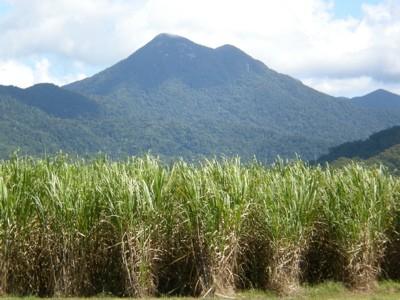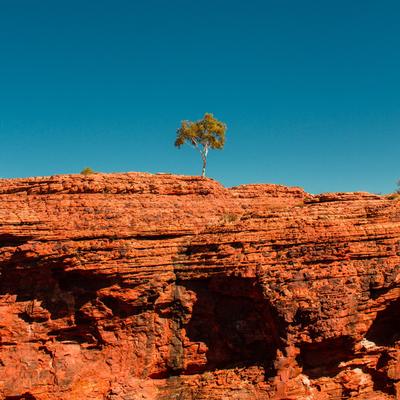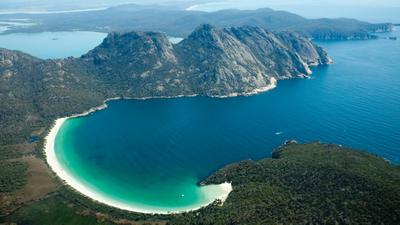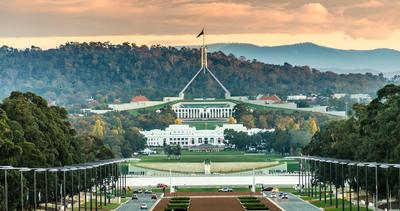Assistance For Flood Affected Businesses In QLD and NSW
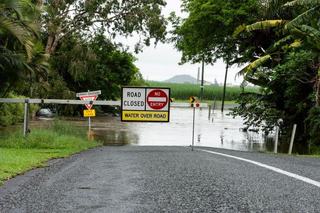

Individuals And Businesses Eligible For Raft Of Assistance Programs
As attention turns to clean up and recovery following devastating floods in Queensland and NSW, individuals and businesses are eligible for a range of financial assistance measures from both state and federal governments.
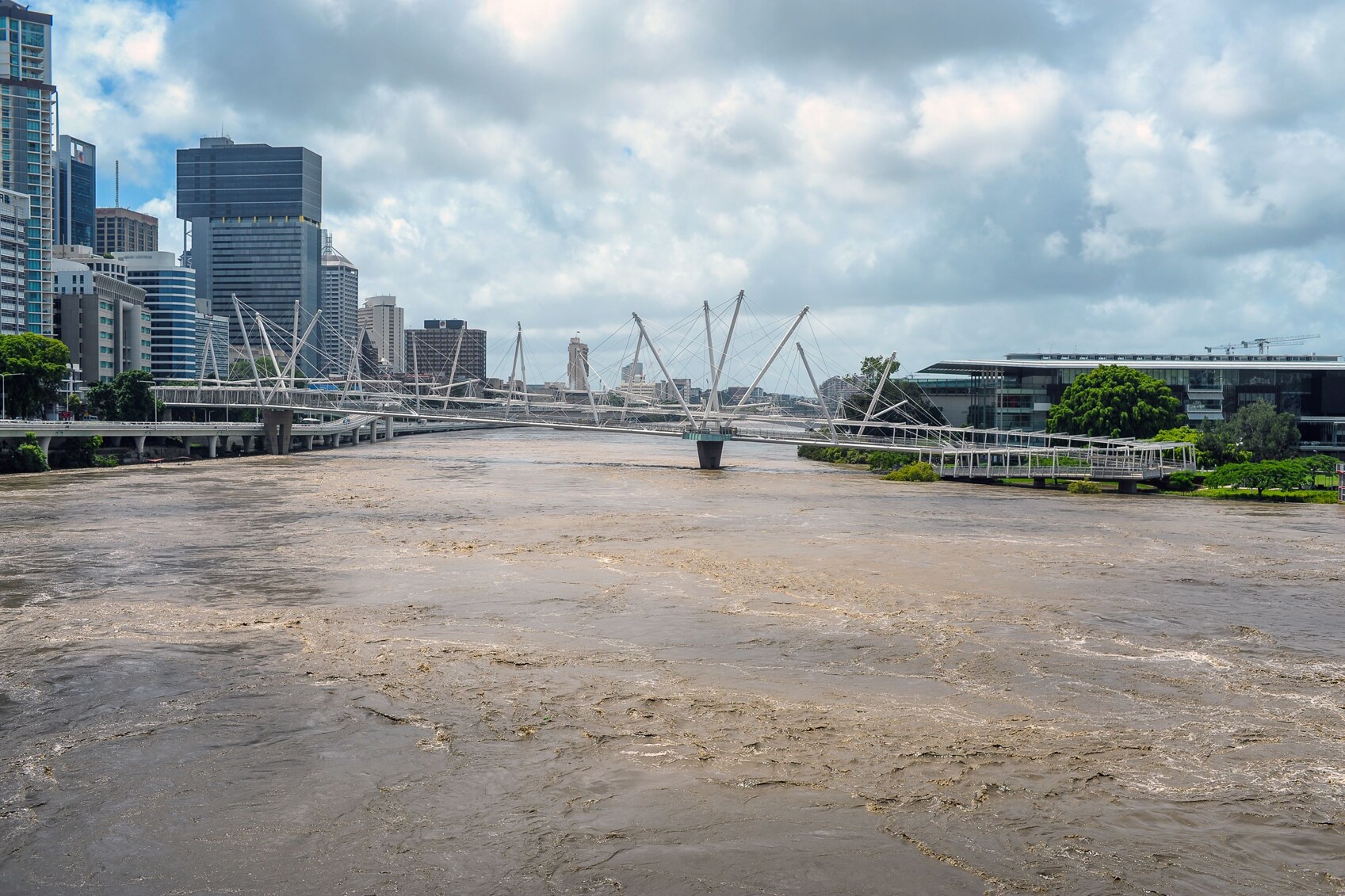
Queensland: Individual Assistance
The Queensland Government is offering Personal Hardship Assistance to support flood-affected and evacuated communities in the Gympie and North Burnett areas. Grants of up to $180 per person, to a maximum of $900 for a family of five or more, are available to eligible people experiencing financial hardship as a result of the floods.
The payments are available for residents within the defined evacuation area of Gympie and the town of Dallarnil.
For more information on Personal Hardship Assistance, contact the Community Recovery Hotline on 1800 173 349, or visit the Queensland Government’s ‘Disasters and emergencies’ page.
Additionally, the Federal Government has announced that Queenslanders in communities that have been impacted by the unfolding flooding disaster across the state’s south-east will be able to apply for Commonwealth financial support from Monday, February 28.
The government has activated the Australian Government Disaster Recovery Payment (AGDRP) of $1,000 per eligible adult and $400 per eligible child to support people impacted by the south-east Queensland flooding event.
The ADGRP is a one-off, non-means tested payment that is available to eligible people in those affected local government areas who have suffered a significant loss, including a severely damaged or destroyed home or serious injury.
Currently, the ADGRP is available in the following Local Government Areas (LGAs): Brisbane, Fraser Coast, Gold Coast, Gympie, Ipswich, Lockyer Valley, Logan, Moreton Bay, Noosa, North Burnett, Redland, Scenic Rim, Somerset, South Burnett, Southern Downs, Sunshine Coast and Toowoomba.
The payment can be claimed online via myGov, or by calling Services Australia on 180 22 66 from 1pm Queensland time on Monday, February 28. Claims can be made up until August 27, 2022.

Queensland: Business Assistance
Under the Disaster Recovery Funding Arrangements (DRFA), affected businesses can access a Disaster Assistance Loan of up to $250,000 over up to 10 years.
These loans are intended to assist businesses in re-establishing normal operations and can be used for repairing or replacing damaged equipment, repairing or replacing buildings, or meeting rent and rates requirements.
Loans under this scheme must be secured by a mortgage of land, or by another asset deemed satisfactory by the Queensland Rural and Industry Development Authority (QRIDA).
Find out more information on the Disaster Assistance Loans here.
Businesses can also access loans of up to $100,000 over up to 10 years to cover working capital expenses.
These expenses could include paying salaries or wages; paying rent or rates; paying creditors; and buying goods essential to running the business, such as fuel. These loans must also be secured by a mortgage of land, or by another asset deemed satisfactory by the QRIDA.
Find out more about Essential Working Capital Loans here.
For eligible primary producers, freight subsidy payments of up to $5,000 are available. These grants may cover the costs of moving emergency fodder for livestock; moving building or fencing materials, or machinery and other equipment; and moving animals purchased to restock after a disaster.
Primary producers may also be able to access farm management grants, replanting or restocking grants, and recovery and resilience grants.
Read more about freight subsidies here, and find out more about support for primary producers here.
It is also believed that Special Disaster Recovery Grants will be available under the DRFA. These can provide up to $25,000 for affected small businesses, and up to $50,000 for affected primary producers. The grants are intended to cover the cost of hiring or purchasing equipment or materials; removing debris; replacing fencing; and other costs of the clean-up and recovery process. They can also cover repairs to premises and internal fittings that may not be covered by insurance.
Find out more about the Special Disaster Recovery Grants here.

NSW: Individual Assistance
NSW residents affected by recent severe storms and flooding may be eligible for a state government Disaster Relief Grant (https://www.nsw.gov.au/resilience-nsw/disaster-relief-grant-for-individuals). According to the NSW government, you may be eligible for financial support if all of the following apply:
- Your home (primary place of residence) was damaged by a natural disaster;
- You do not have insurance for the damage
- You are a low-income earner with limited financial resources, and
- It has been less than four months since the disaster.
You may not be eligible if either of the following apply:
- Lack of maintenance such as poor roof maintenance has caused or impacted the damage, or
- The damage is cosmetic and not essential to living in a safe and habitable home.
To apply for this payment, call 13 77 88 and ask about the Disaster Relief Grant administered by Resilience NSW.
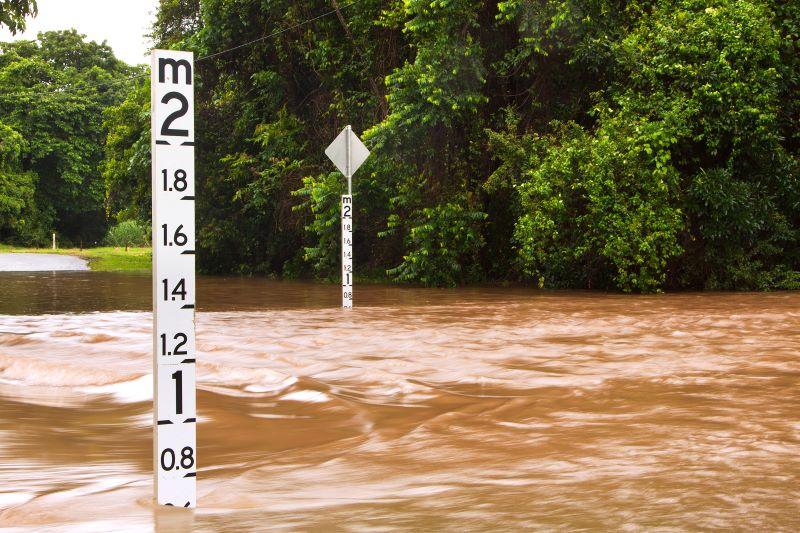
New South Wales: Business Assistance
While the New South Wales government doesn’t appear to have announced any specific support for flood-affected businesses at this time, the federal government has pledged an additional $200 million to long-term recovery for flood-affected communities in the state.
That brings the joint-funded state and federal Disaster Recovery Funding Arrangements to $800 million; and includes the $80 million Storm and Flood Industry Recovery Program, designed to support primary producers in NSW.
The scheme offers grants of up to $75,000 for clean-up and reinstatement measures for businesses that have sustained damage as a direct result of a disaster.
While applications for this scheme are currently showing as closed, it is thought they will re-open again for businesses affected by the latest floods.
You can read more about the Storm and Flood Industry Recovery Program here.
The NSW Government is also offering disaster recovery assistance payments for businesses in eligible local government areas that have been affected by storms and floods, and a variety of grants and loans may be available for people affected by natural disasters.
If you have a small business or not-for-profit organisation that was directly impacted by the NSW storms and floods from November 9, 2021 onwards, you may be eligible for a storm and flood disaster recovery small business grant.

Insurance Cover
Whether or not and to what extent your home is covered for flood damage will depend on your insurance provider, and the exclusions of your building-only or home and contents insurance policy, according to financial research and comparison company Canstar.
While flood cover is included in many policies, this is not always the case, and with some providers you may have to add it for an additional premium, it says.
Canstar adds that it is also important to understand that different insurance providers use different terms to explain what they will and won’t cover in relation to floods. A recent survey of policies on Canstar’s database found that almost 90 per cent included cover for flash flooding due to heavy rain as standard, with 11 per cent including this as optional.
Likewise, the survey found over 80 per cent included cover for flooding from a natural water course such as a river or creek as standard, while just over 17 per cent included this as optional, with the same applying for flooding due to release from a catchment area such as a dam.
Canstar says it is important to note, though, that just over 30 per cent of policies on its database included cover for flooding due to a storm surge as standard, with none offering this as optional cover. No policies on its database offered cover for floods due to a rise in seawater or tidal flooding.

